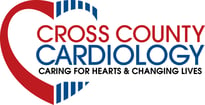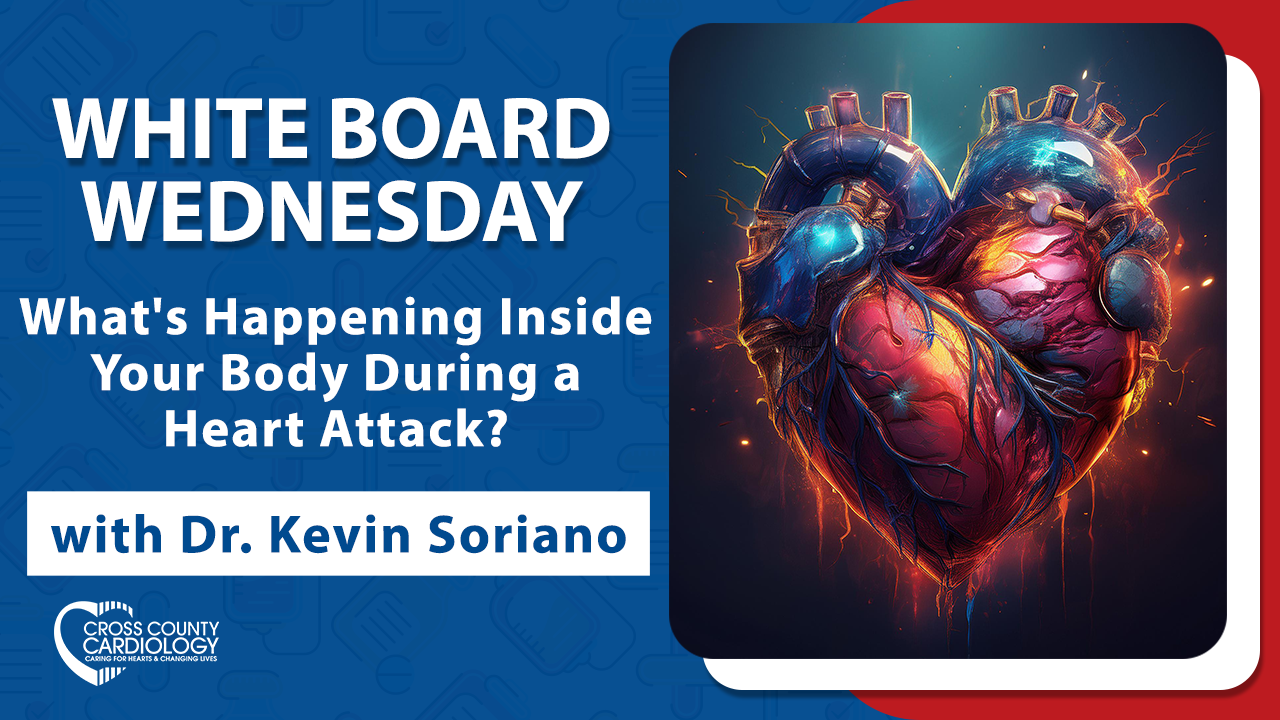We've all seen that dramatic movie moment when a character clutches their chest—everyone knows it's a heart attack. But do we truly understand what's happening inside the body during such a critical event? Here, we break down the science behind heart attacks and why immediate care is essential.
What Causes a Heart Attack?
Your heart muscle relies on a constant supply of oxygen-rich blood delivered through the coronary arteries. However, certain factors can lead to plaque build-up within these arteries, narrowing them over time. High cholesterol, diabetes, smoking, and a lack of exercise are key contributors. The process is gradual, but occasionally, plaque becomes unstable and ruptures, prompting the body to form a blood clot that suddenly blocks blood flow to part of the heart muscle. This blockage triggers a heart attack, leaving sections of the heart muscle without nourishment.
Key Causes of Plaque Buildup:
- High cholesterol
- Diabetes
- Smoking
- Lack of physical activity
Recognizing Heart Attack Symptoms
According to the American Heart Association, someone in the U.S. has a heart attack every 40 seconds. Recognizing symptoms early is critical because swift intervention can save lives.
Common Symptoms:
- Chest pain or discomfort
- Shortness of breath
- Lightheadedness or dizziness
- Nausea
- Excessive sweating
If you experience any of these symptoms, seek immediate medical attention.
Our Approach to Treating Heart Attacks
At Cross County Cardiology, we specialize in fast, effective treatment for heart attack emergencies. Our team performs cardiac catheterization (also known as a coronary angiogram) to restore blood flow to the heart. This procedure involves threading a small tube through the wrist to reach the blocked artery. Once in place, we use a balloon to clear the blockage and place a stent to keep the artery open.
Steps in Cardiac Catheterization:
- Inserting a small tube through the wrist
- Navigating to the blocked coronary artery
- Using a balloon to push aside plaque and blood clots
- Placing a stent to keep the artery open
Our post-procedure care includes a tailored medication plan to keep the stent open, reduce plaque buildup, and support heart function.
Prevention and Regular Screenings
Preventive measures are essential in reducing heart attack risk. While maintaining a balanced diet, exercising regularly, and avoiding smoking are crucial, regular screenings are just as important for those at higher risk. The American College of Cardiology and American Heart Association recommend adults aged 40-75 with a 7.5% or higher risk of heart attack or stroke within 10 years discuss risk factors and consider statin therapy.
Preventive Tips:
- Balanced diet and regular exercise
- Avoid smoking
- Regular screenings, especially for high-risk individuals
Final Thoughts
Heart attacks are sudden, serious, and common. However, with prompt medical intervention and follow-up care, recovery is possible. Pay attention to your body, recognize the signs, and know that Cross County Cardiology is here to provide expert care and guidance every step of the way.



